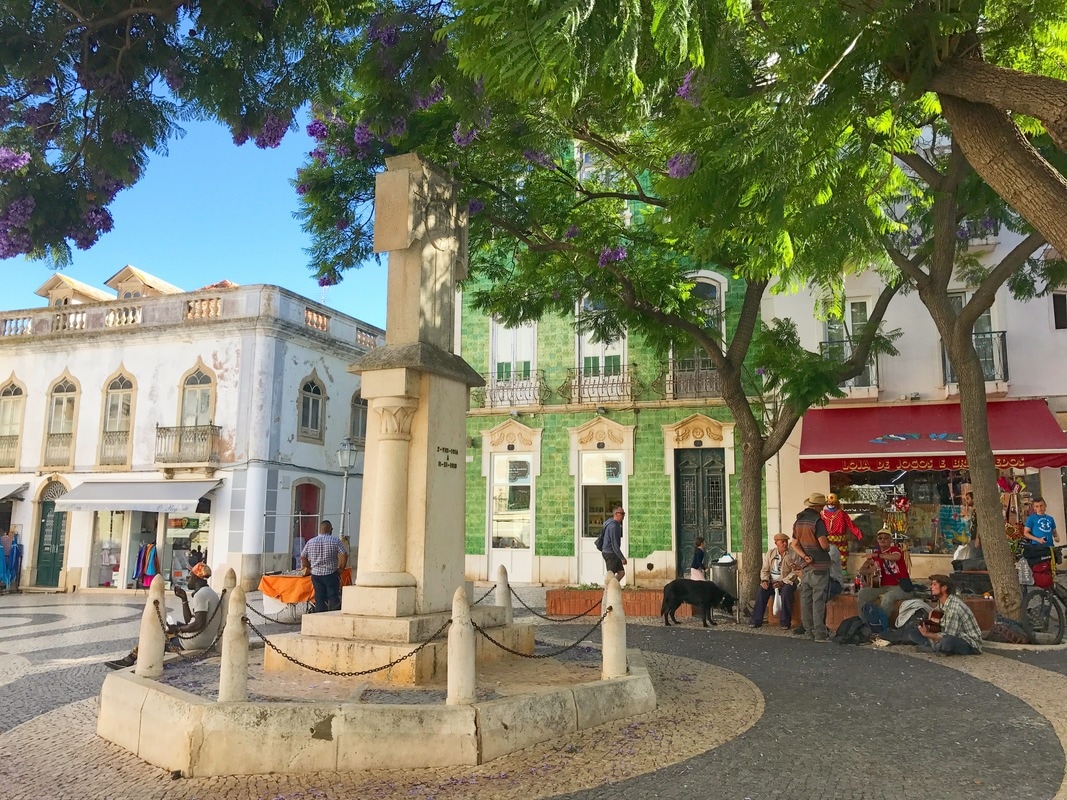 Lulu has worn a lot of uniforms in her young life – from elite soccer teams in Pennsylvania. In a year she will be wearing a college jersey. Now she has a new uniform from another team, the Wegmans grocery chain, an institution in that part of the world. They screen and train their personnel well. Lulu’s brother George has been working there a few years, to help pay for college. Lulu can start saving from her part-time cashier’s job. An A student, she wants to be a dermatologist. In the fall, she will make early-morning rounds with personnel from a local hospital, in a program for select pre-med hopefuls. Soccer jerseys. Wegman’s uniform. Medical robes. Goal!!! * * * This just in on the family front: Another grand-daughter, Anjali, and family have driven from Sevilla to the Algarve, currently ensconced in a town named Lagos (Lar-gush). Anjali is not sending photos these days but we are getting the feel of the region.
Brian Savin
7/1/2017 10:50:17 am
I don't know Wegman's but I do know that family run groceries are pillars of our communites. For decades the Poricelli family ran three stores in Greenwich, CT, then two, then one, then.... They proudly gave jobs and scholarships to kids, created jobs for the mentally handicapped, and sold great quality food. Stew Leonard's has a similar reputation. The LaBonne family has three stores, one in Salisbury which is my current go to, and does the same. Great people. I will not like it when we get everything by drone from Amazon, and as long as there is local production and the Independent Grocers Association, I maybe won't have to. We've had the corporatization of our Congress, most of two political parties, most state capitals, the entire financial and media sectors, and I don't want to have to eat my meals with them. Comments are closed.
|
Categories
All
|










